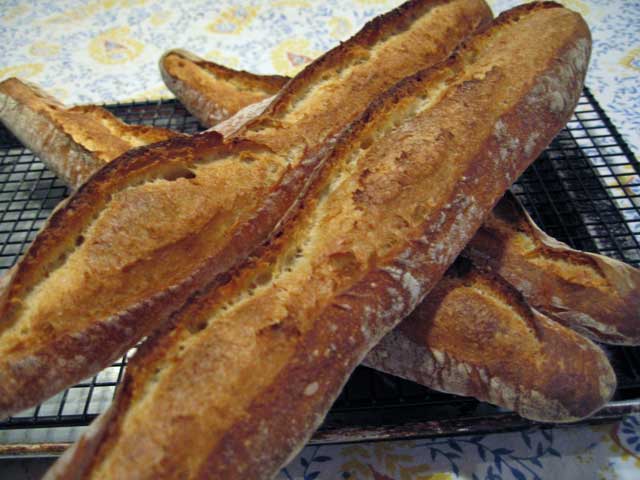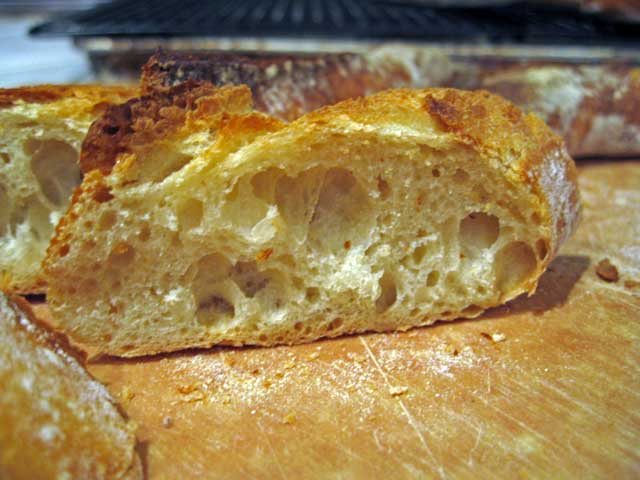What's the point of an ear? Controlled bloom!
This topic is not about the auricular anatomy of elves (or Vulcans). It's about scoring breads.
Scoring loaves creates a visually pleasing pattern, and it helps control the expansion of the loaf as it bakes. This was discussed not long ago in this topic:
http://www.thefreshloaf.com/node/9046/effect-scoring-loaf-shape
The San Francisco Sourdough breads I baked today illustrate a more "advanced" aspect of scoring that is alluded to by both Hamelman (in "Bread") and Suas (in "Advanced Bread & Pastry.")
- Log in or register to post comments
- 19 comments
- View post
- dmsnyder's Blog




 Double knotted rolls - shaped
Double knotted rolls - shaped
 Rolls proofed
Rolls proofed
 Double knotted rolls - Baked
Norm's formula for these rolls is
Double knotted rolls - Baked
Norm's formula for these rolls is 







